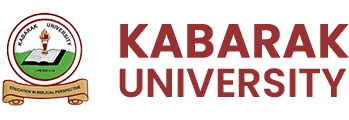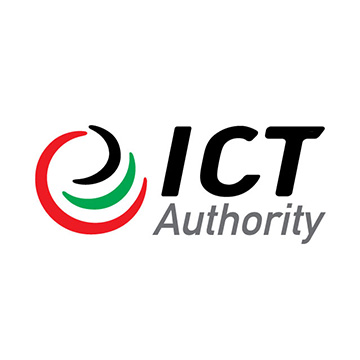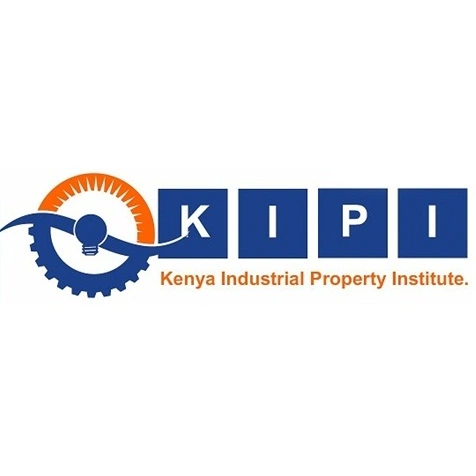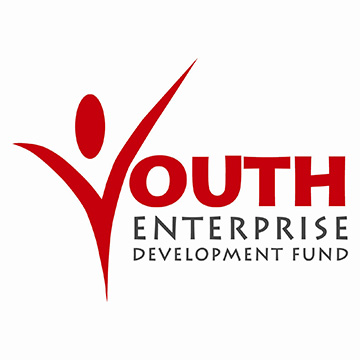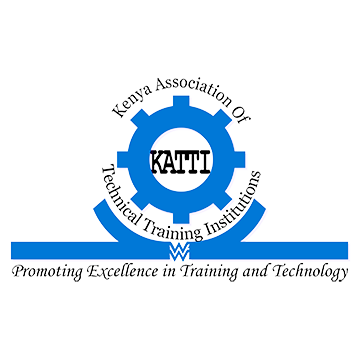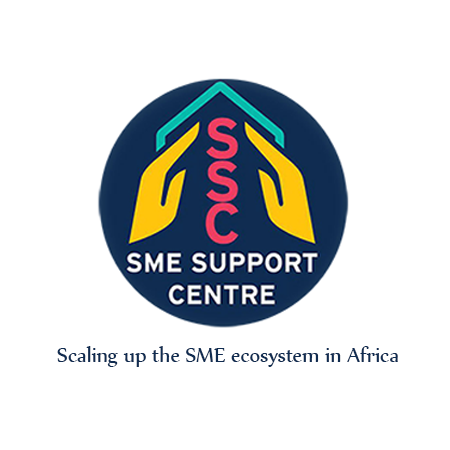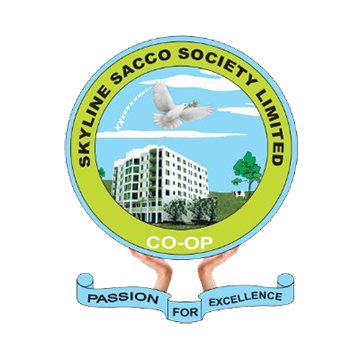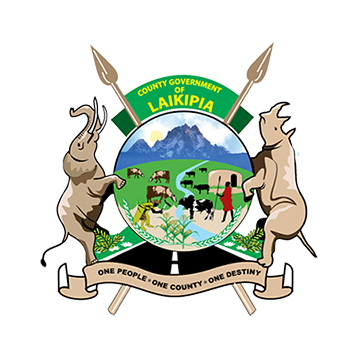The inaugural Central Rift Innovation Week was hosted by Kabarak University between the 1st and 4th of November 2022. The event whose theme was ‘Commercialization of Research and Innovation featured plenaries, a workshop, and an exhibition all aimed at re-igniting conversations around income generation and employment creation from research and innovation outputs.
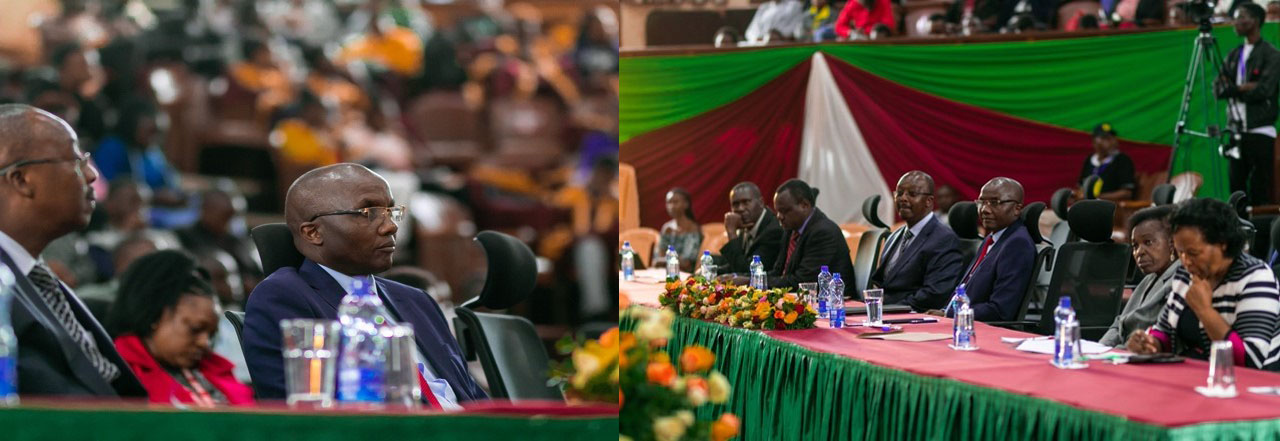
Speaking during the Keynote plenary, the Deputy Governor, of Nakuru County. H.E David Kones noted that the County had over the years invested significantly in supporting innovators. He further remarked that the county was looking forward to partnering with institutions of higher such as Kabarak University in order to enhance their capacity for the creation of employment through the commercialization of innovation & research outputs.
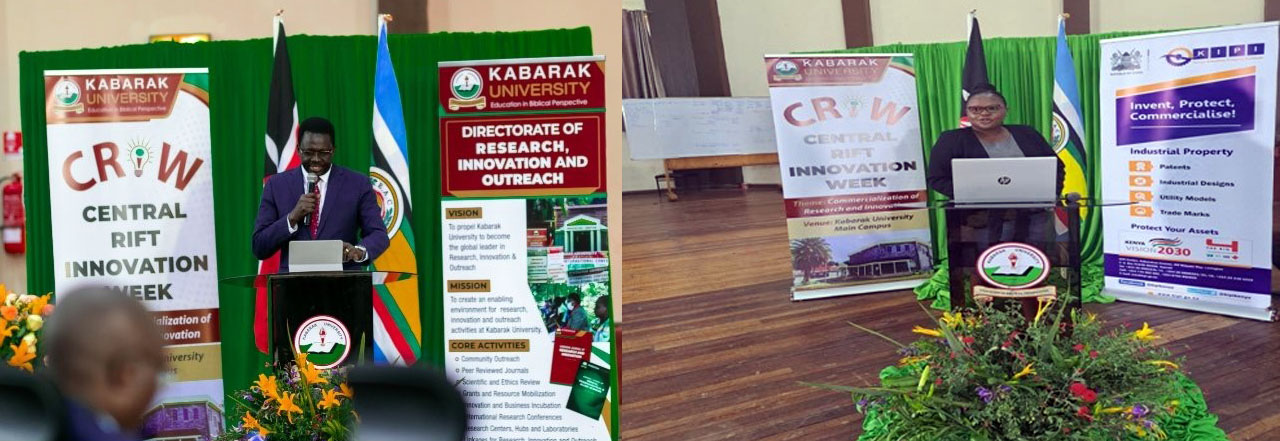
Dr. Tony Omwansa, the Chief Executive Officer of the Kenya National Innovation Agency (KENIA), in his keynote address, enlightened the CRIW participants on the various functions of the Agency. He encouraged innovators and researchers to register on the Kenya Innovation bridge, a platform purposely developed to link innovators and investors for the further development of their innovations.
Mr. Sammy Chemoiwa, the Chief Principal of Rift Valley Institute of Science and Technology (RVIST), representing the Kenya Association of Technical Training Institutions (KATTI) expounded on the advances made by TVETs in research and innovation. He invited Kabarak University and other Universities to work with TVETs to enhance the capacity of their trainers which will in turn promote commercialization of innovations emanating from the TVETs.
Speaking at the event, Prof Henry Kiplangat, the Vice Chancellor, Kabarak University highlighted key developments in support for research and innovation such as the development of a research policy in 2019, the setting up of an innovation fund in 2021, and the establishment of an Innovation and Business Incubation center in 2021. He informed innovators present that the Central Rift Innovation week would be an annual event preceded by a series of innovation challenges and capacity-building activities.
The plenaries were also graced by Mr. Kevin Atibu, Deputy Director in charge of Innovations at the ICT Authority, Mr. Benson Muthendi, Ag. Chief Executive Officer, Youth Enterprise Fund, Mr. Allan Kimei, the CEO Skyline SACCO, Ms. Ann, Marketing Officer – Boresha SACCO, Mr. Charles Kiveu, the Regional Portfolio Manager, Kenya Commercial Bank, Mr. George Wayne, the Managing Director – Nakuru Box, Ms. Magdalene Chepkemoi, Chairperson, Association of Countrywide Innovation Hubs, Ms. Faith, Legal Officer – Kenya Industrial of Property Institute, Mr. Benson Nyagwamba Deputy Executive Director – Kenya Copyright Board.
The event also featured two workshops: A 1-day workshop facilitated by the ICT Authority and Kijiji for young innovators. The workshop, part of the Whitebox program, addressed pertinent issues such as problem identification, understanding customers, developing go-to-market strategies, design thinking, pitching, and securing financing for innovation. A half-day workshop on electronic voting by Dr. Moses M Thiga, a senior lecturer and researcher at the Kabarak University Department of Computer Science and Information Technology. The workshop provided an overview of the merits of e-voting and also featured a demonstration of the University’s e-vis electronic voting system.
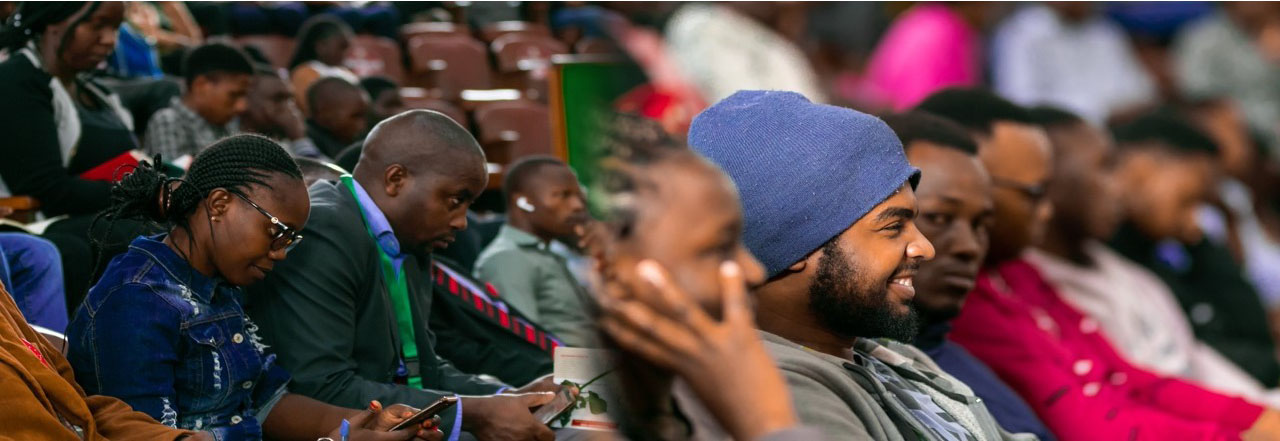
The event also featured an exhibition by Kabarak University, the Kenya Intellectual Property Institute, the Rift Valley Institute of Science and Technology, Skyline SACCO, Boresha SACCO, Intellisoft Ltd, Konza Technopolis, the Kabarak TVET Institute, Nandi County, Dandelion Africa, and the Kenya Commercial Bank.
On display were innovations such as electronic voting, timetabling, a digitized mother and child booklet and conversion of cellulose to starch by Kabarak University, innovative herbal remedies by an innovator from Nandi County, and innovative food products from the Rift Valley Institute of Science and Technology among others.
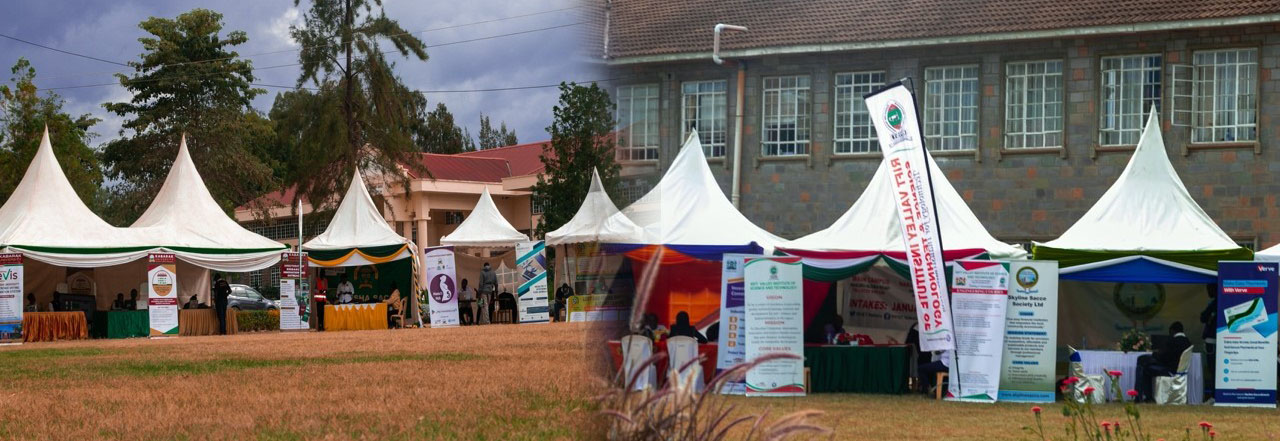
The event was a great success with over 2,000 participants drawn from the University faculty and students, the counties, TVETS, and the general public in attendance over the four days.

